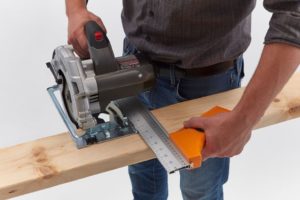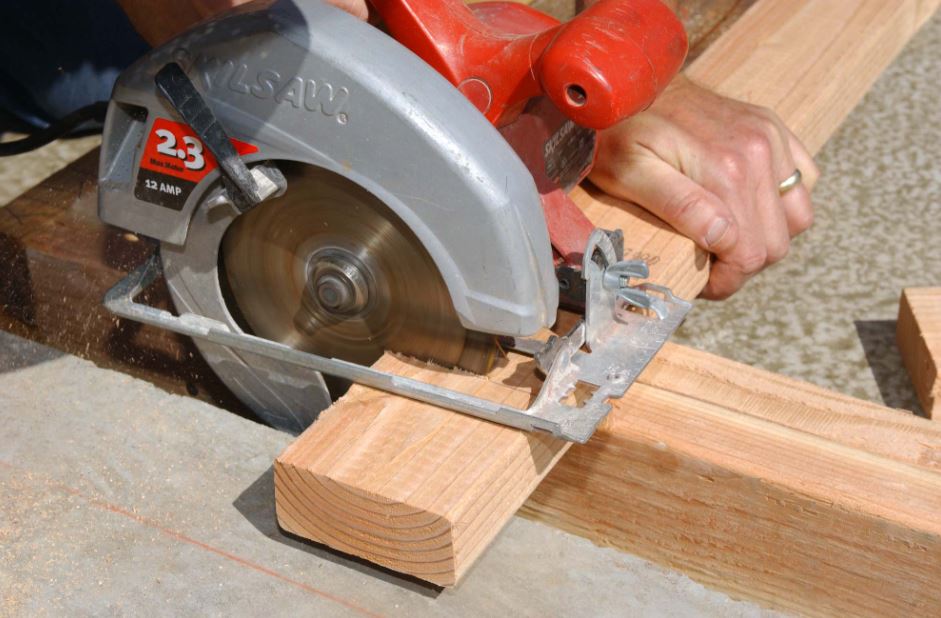When working with large volumes of wood, it may be necessary to use a circular saw. Compared to a hand saw, cutting building materials will take much less time and effort, and, for example, a jigsaw is not suitable for logs or timber. In such cases, a circular will come to the rescue. There are several circular saw types you can use for this purpose. You should choose the right type for the best cutting experience.
Benefits of Using Circular Saws
There are two main![]() advantages of a circular saw include cutting accuracy and cutting speed. Despite the fact that a jigsaw can make a cut much more accurately, it loses significantly in speed. And when working with a chain saw, there is no need to talk about accuracy at all. It can quickly cut wood and perform a rough cut, but nothing more. If you are skillful enough, hand saws are fine for precise material processing but take a lot of time and effort.
advantages of a circular saw include cutting accuracy and cutting speed. Despite the fact that a jigsaw can make a cut much more accurately, it loses significantly in speed. And when working with a chain saw, there is no need to talk about accuracy at all. It can quickly cut wood and perform a rough cut, but nothing more. If you are skillful enough, hand saws are fine for precise material processing but take a lot of time and effort.
Classification of Circular Saws
There are several criteria by which circulars can be classified. These include:
criteria by which circulars can be classified. These include:
- Engine power – models are available from 800 W and above. Low-power devices can be equipped with a battery, which will give some autonomy in operation for 1-1.5 hours.
- The diameter of the disc and the corresponding cutting depth – there are models with a cutting depth of 60 mm and more.
- Tool weight – the more powerful the saw the more it will weigh. For example, a tool with a power of 1.2 kW will weigh about 4 kg, and with power above 2 kW, about 8 kg.
Large-sized professional units allow you to fix them on the table, which will allow you not to hold them in your hands during work and make cuts even more accurate and less labor-intensive.
Thus, according to the type of device, circular saws are:
- Stationary – these are powerful and high-performance devices, most often sold already with the table
- Manual – relatively lightweight and easy to use, requiring no specialized experience
- Combined – semi-professional units that can be used both in manual and automatic modes when installed on a table.
Manufacturer Options
A protective cover, as part of the tool, can be present but is not required. In this case, the saw blade will plunge into the wood entirely, and the saw itself will be called a submerged saw.
Manufacturers,![]() as a rule, have a safety device against accidental start-up on saws, which increases the safety of their operation. Some may also set other options to make them stand out from others. Circular saw blades also differ in size, sharpening angle, number, and size of teeth. The more teeth there are in the saw, the lower the cutting speed, but the more accurate the cut.
as a rule, have a safety device against accidental start-up on saws, which increases the safety of their operation. Some may also set other options to make them stand out from others. Circular saw blades also differ in size, sharpening angle, number, and size of teeth. The more teeth there are in the saw, the lower the cutting speed, but the more accurate the cut.
…

